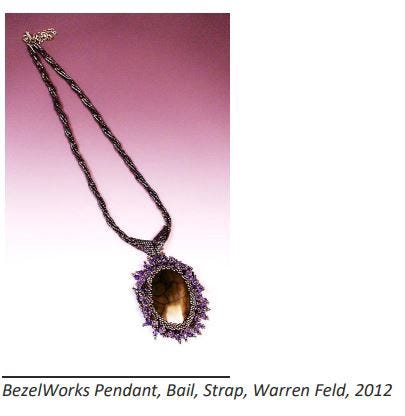Member-only story
Know Your Anatomy Of A Necklace

A necklace, or any type of jewelry, has a structure and an anatomy. Each part has its own set of purposes, functions and aesthetics. Understanding each type of structure or physical part is important to the designer.
If we looked at these sections of a necklace from solely an Art standpoint, we might primarily focus on the centerpiece of the jewelry and consider The Strap (and most other parts) as supplemental and less important to the piece, in a similar relationship as the frame to a painting or the pedestal to a sculpture.
However, jewelry is a 3-dimensional object serving both aesthetic as well as functional purposes. As such, we need to be more sensitive to the entire jewelry-anatomy and both its Art and Architectural reason for being. This kind of thinking is at the core of what makes jewelry design, as a discipline, different than art.
Typical structural parts of a necklace might include,
The Strap: The entire linear component of the piece, comprising Yoke, Clasp Assembly, and Frame
The Yoke: The part of The Strap behind the neck, typically 6–7” including clasp assembly
The Clasp Assembly: Part of The Yoke, and includes, not only the clasp itself, but rather all the pieces it takes to attach your Strap to the Clasp, including clasp, rings, loops or knots or crimps at ends of stringing material
The Frame: The visually accessible part of The Strap, connecting to The Yoke at The Break point. On a 16” necklace, The Frame might be 9–10”
The Break: The point where The Yoke connects to The Frame, often at the collar bone on either side of the neck. Very often, this point is one of a critical change in vector — that means, the angle The Frame lays radically changes from the angle of The Yoke. Think of this as an inflection point.
The Bail: A separate part which drops the centerpiece or pendant drop below the line of the Frame
The Focal Point, Centerpiece, or Pendant Drop: A part which emphasizes or focuses the eye, usually dropped below the line of The Frame, but is sometimes a separate treatment of The Frame itself
The Canvas: Typically the stringing material or foundation of the piece
